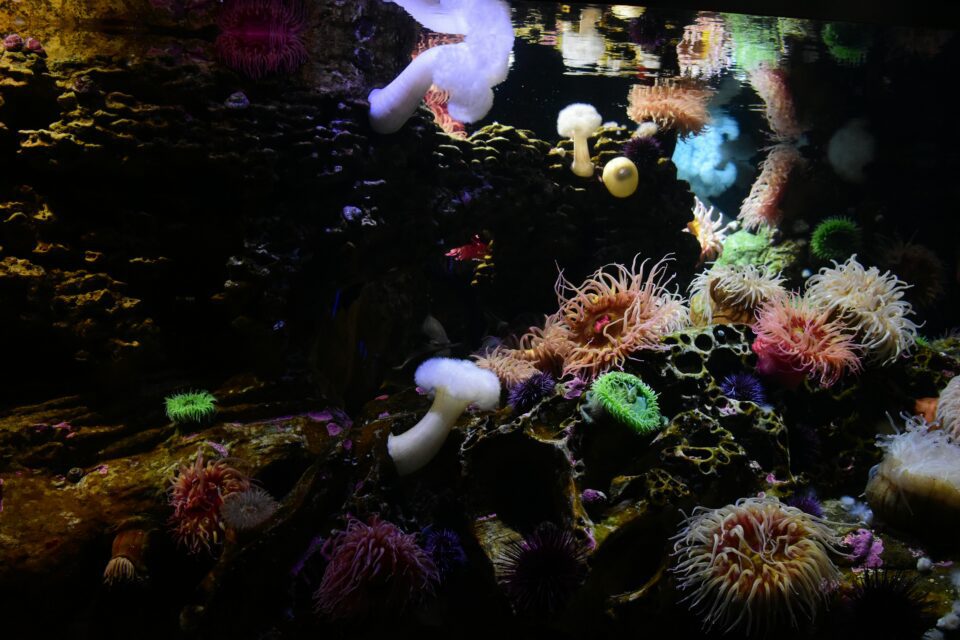This guide covers 99% of all tank pests, be it algea’s, anemones, or other predators. If what you see in your tank doesn’t match any of these images, then it probably is harmless. Some of the most unusual critters like spaghetti worms or sponges are awesome additions to your tank.
Dinoflagellates (Dino’s)



Dino’s are not the easiest thing to identify because some species look like Diatoms. But typically the Dino’s mat up pretty heavy and bubbles can be seen stringing from the mat. But this isn’t always the case. A rule of thumb is that if your tank is over 6 months old, it’s probably Dinoflagellates and not Diatoms.
A quick coffee filter test is possible. Siphon out a sample of the gunk with some water, place it in a jar with a lid and shake it for 30 seconds until dissolved. Pour through a coffee filter into a clear glass, the water should be clear. Place the jar under a light for an hour, if the gunk turns back into a glob on its own, well you have dino’s
The only surefire way to ID it is to get a small sample and put it under a microscope. You can buy a microscope on amazon for $40 or bring it into Artistic Oceans and we can look for you. This is a quick video guide to identifying the Dino’s Dino Species Identification Playlist.
For instructions on how to rid your tank of Dino’s, Click Here
Diatoms
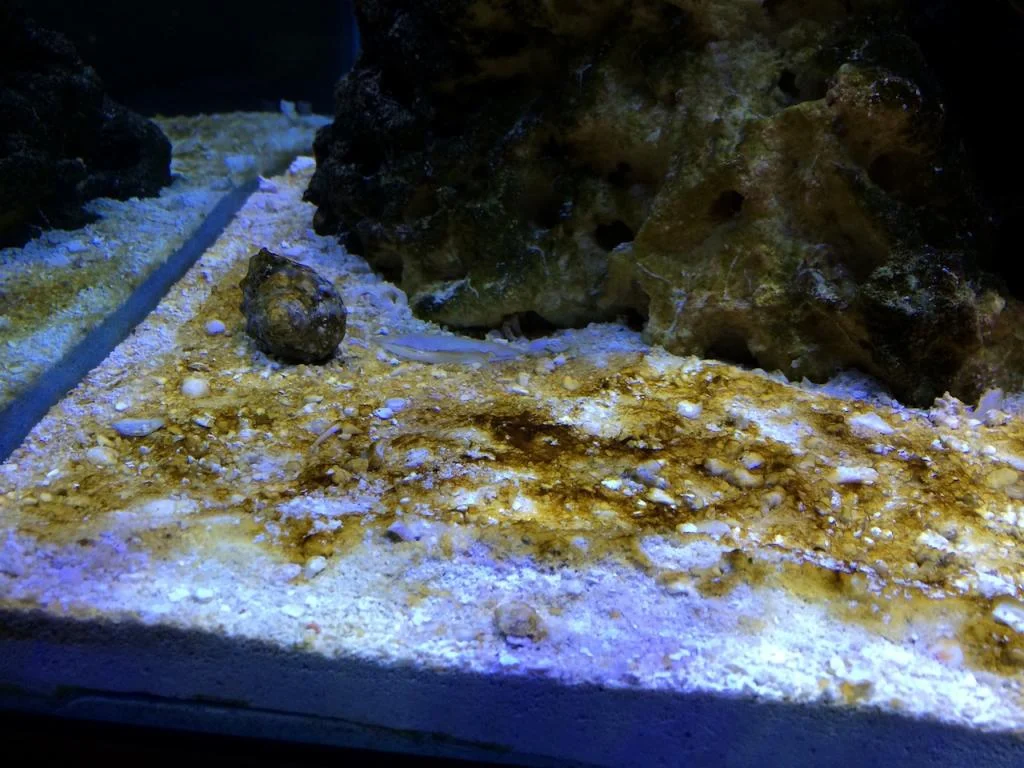

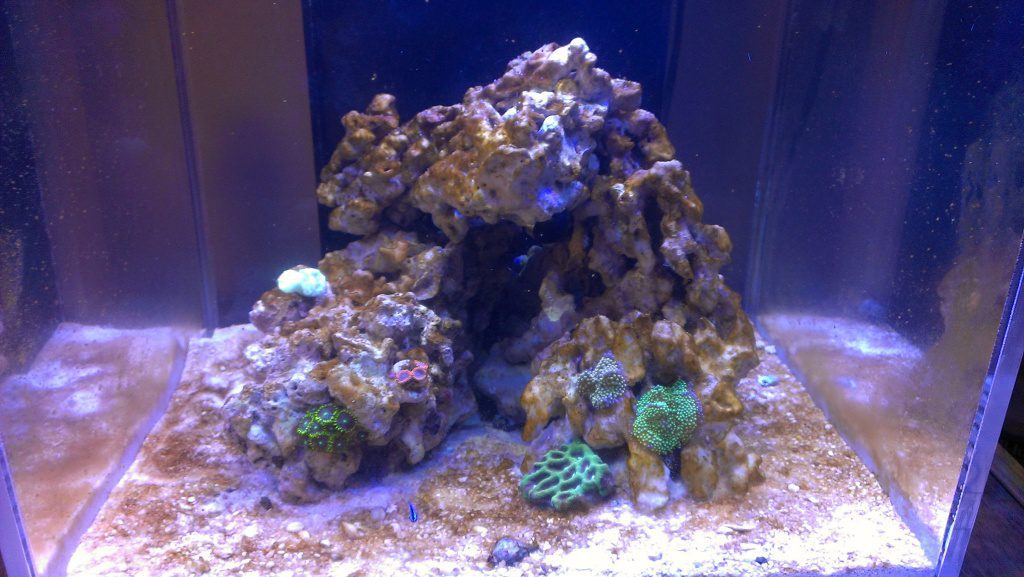
Diatoms are fairly easy to ID usually. Look for a brownish or golden-brown coating on tank surfaces like glass, substrate, rocks, and decorations.
Diatoms may feel slightly slimy or gritty to the touch due to their silica-based cell walls. They often thrive in low-light areas, especially during the initial tank cycling phase. If you turn the lights off and they disappear until the lights come back on in the morning, it is a dead giveaway you have Diatoms.
For instructions on how to rid your tank of Diatoms, Click Here
Bubble Algae



Bubble Algae is extremely easy to identify. It is named for its emerald green bubbles. The bubbles grow in clusters and get extremely hard. If you touch them they feel like a hard plastic.
For instructions on how to rid your tank of Bubble Algae, Click Here
Aiptasia and Majano Anemones
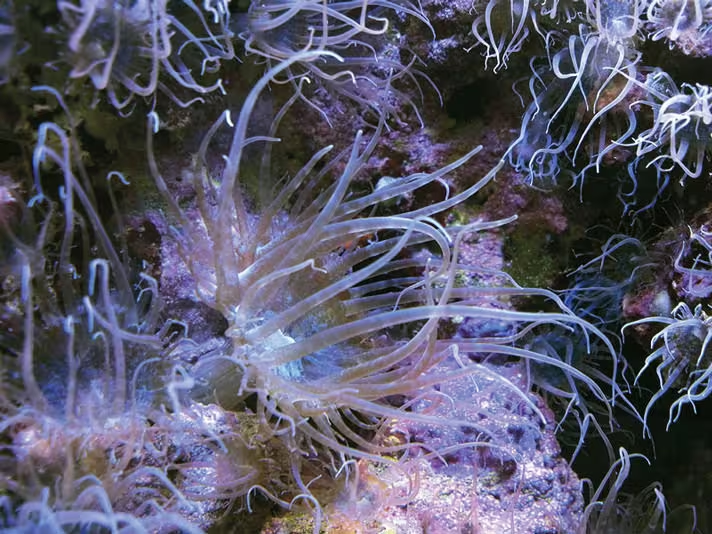




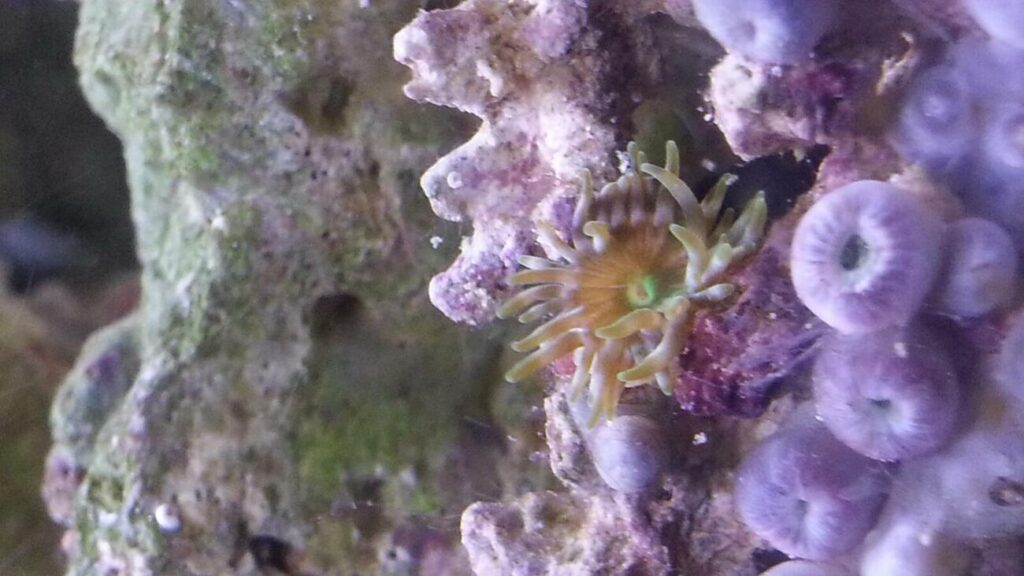
Aiptasia and Majano are easy to identify. There are only a couple small anemones that pop up in tanks and these are usually what you have. Aiptasia has longer and pointier arms, and Majano’s have shorter, stubby arms.
Green Hair Algae (GHA)
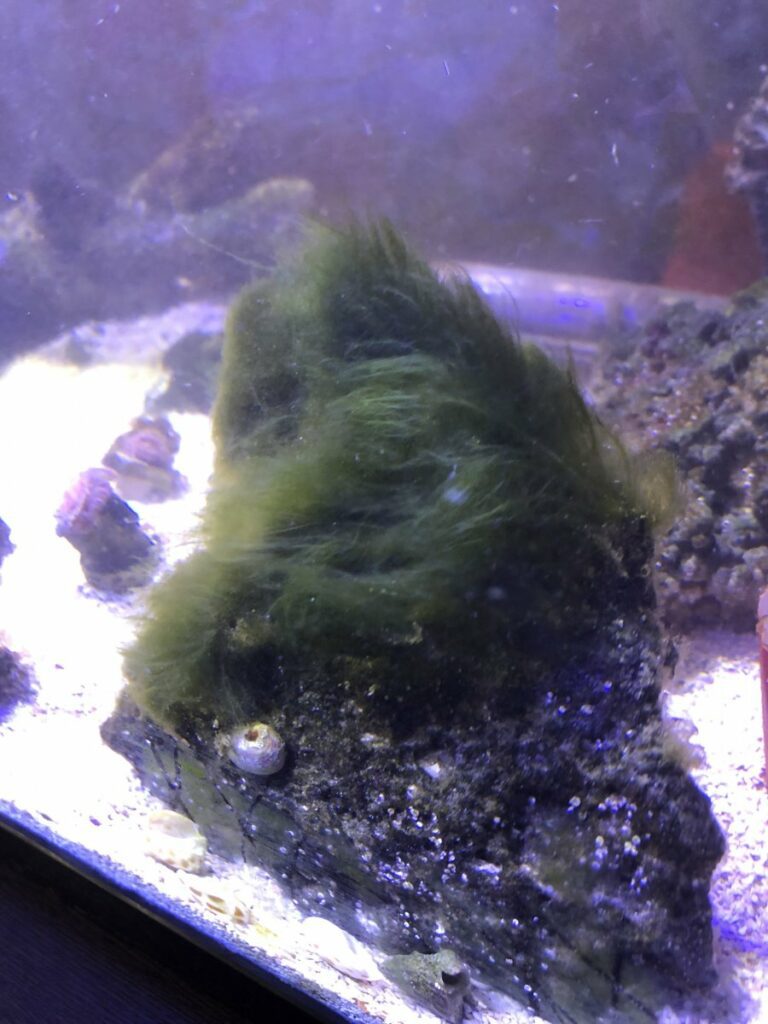

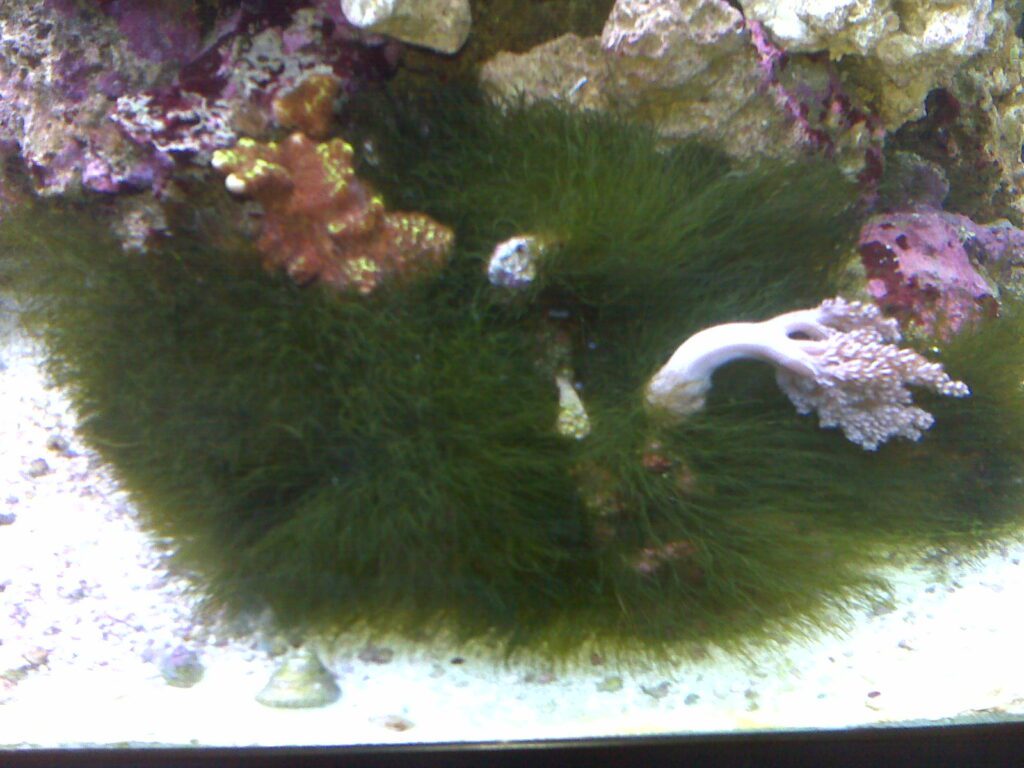
Green hair algae, or GHA, is easy to identify. It comes in various shades of green but tends to be darker. It is aptly named and looks like long, hairy algae.
Cyanobacteria (Red Slime Algae or Cyano)



Cyano and Dino’s can look similar. But cyano isn’t nearly as long and stringy, and doesn’t have as many gas bubbles. It’s usually more reddish in color rather than the brown of Diano’s. It grows in mats that cover rock or coral.
Turf Algae
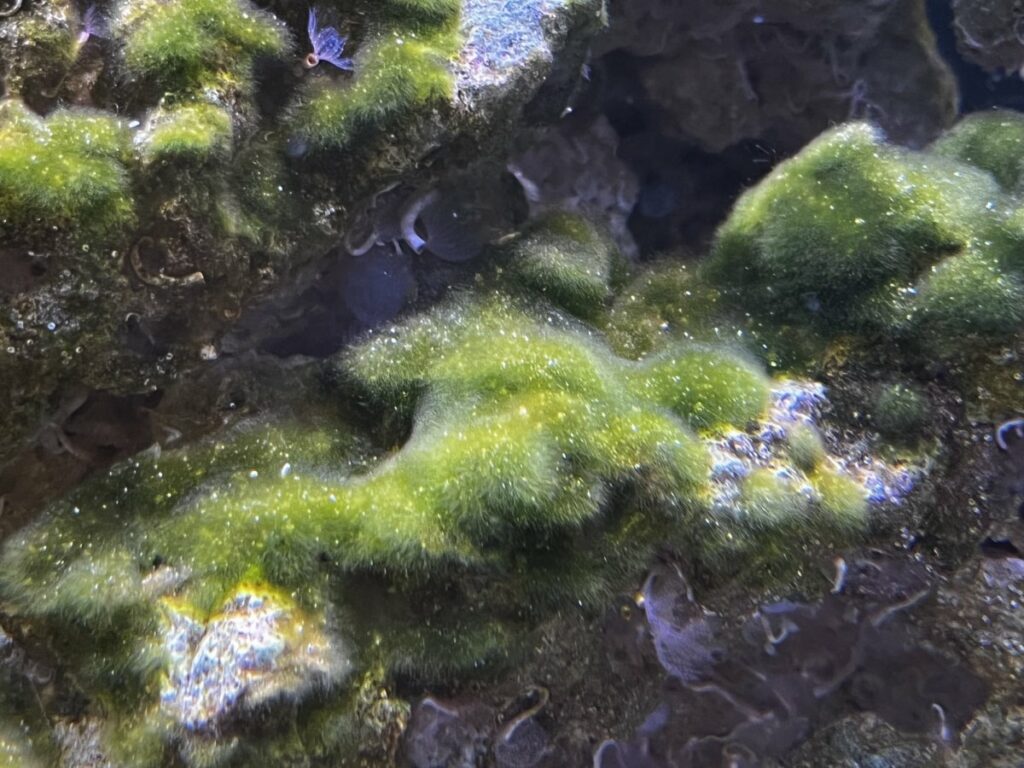
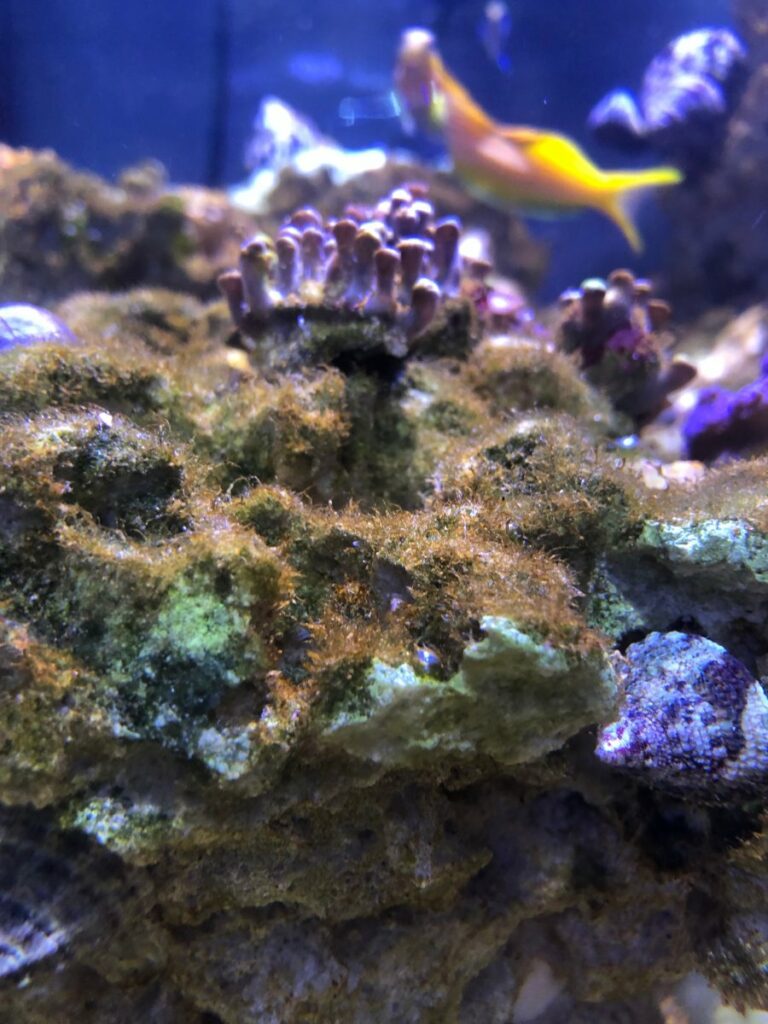

This algae is also named for its appearance. This algae is turf like. They form dense mats, and have shorter hairs like the pictured ones above.
Bristle Worms and Fire Worms






Bristle worms and fire worms are easy to spot in your tank. Sometimes a red tentacle will shoot out of rock work. Usually seen at night or as lights come on in the morning. Bristle worms have a uniform pink color while fire worms have white bristles on the edges.
Bryopsis Algae
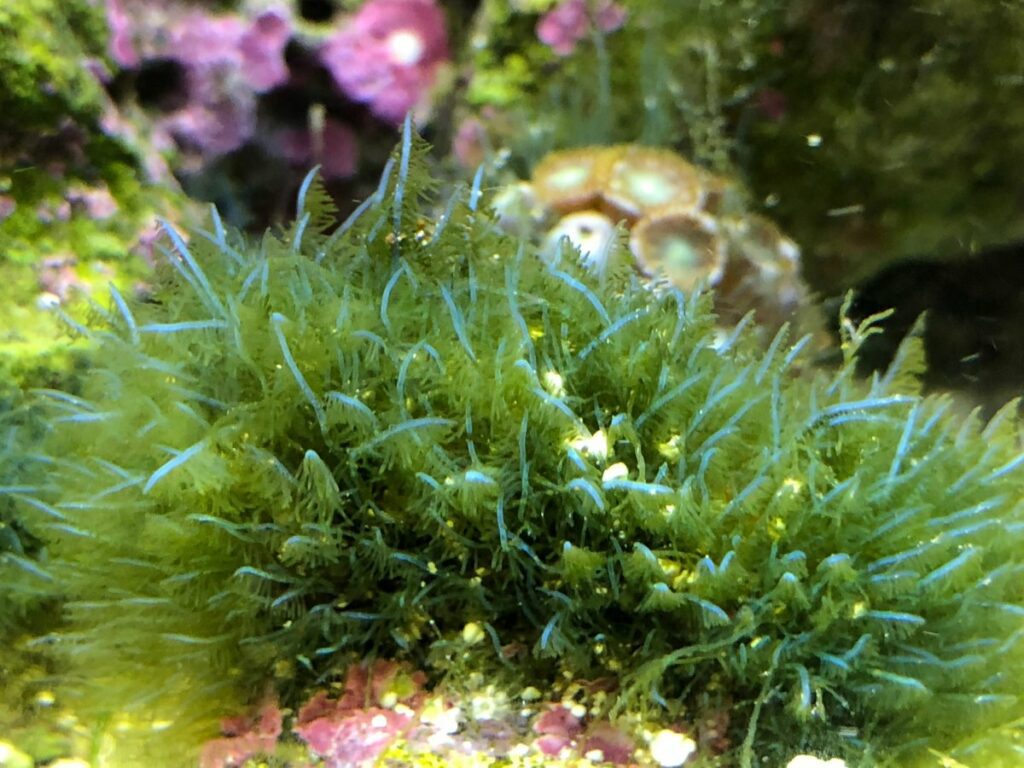
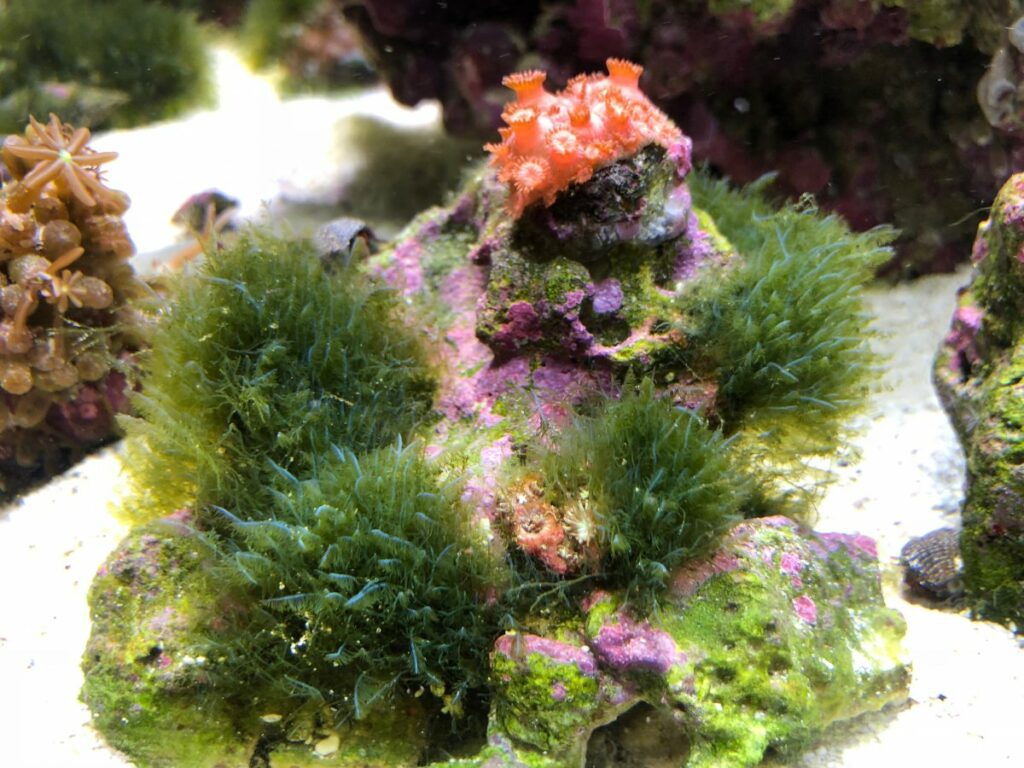
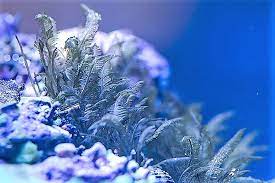
Bryopsis has the hair algae like filament in early stages of growth, but eventually develops a fern-like structure or shape as it grows.


